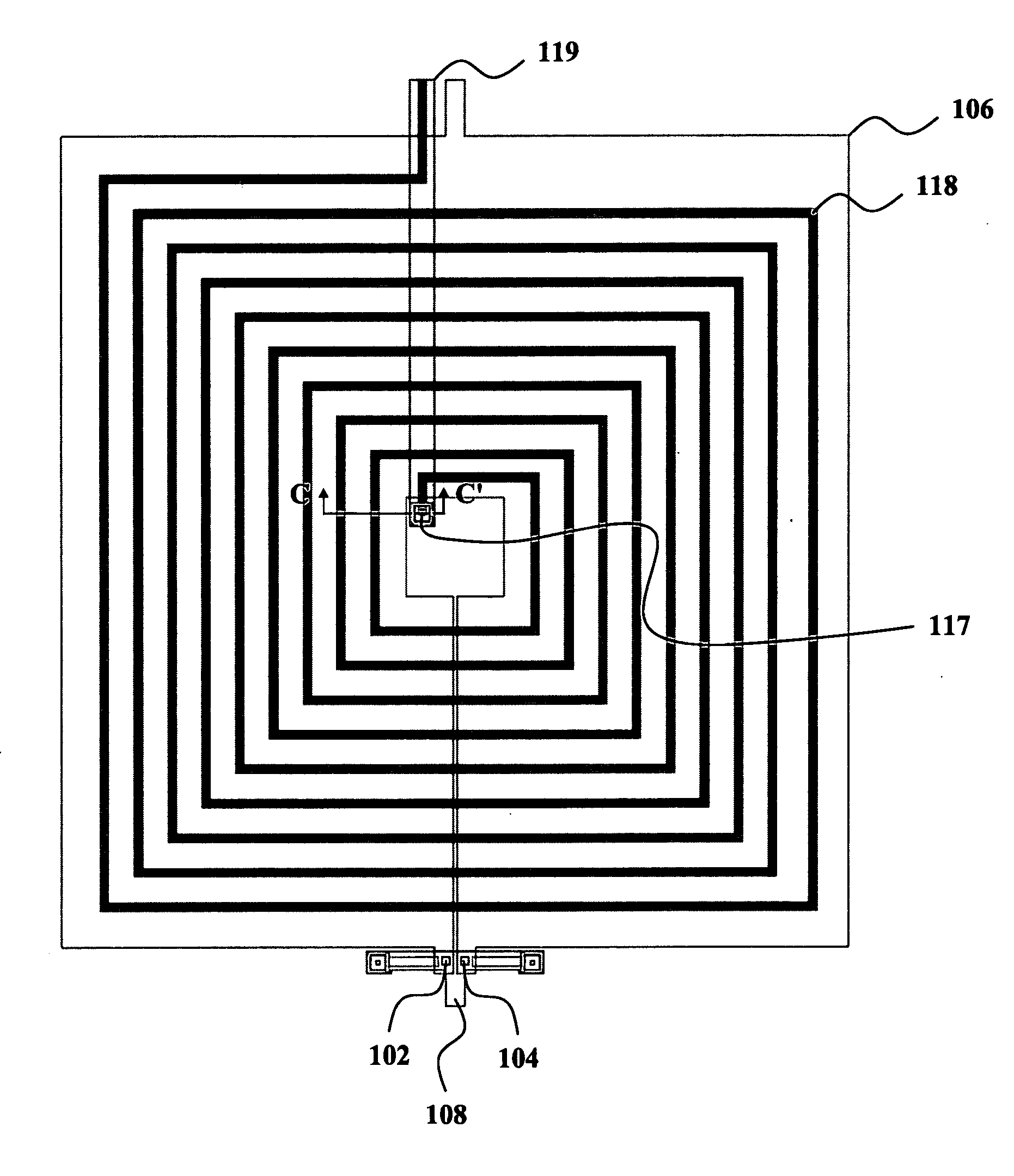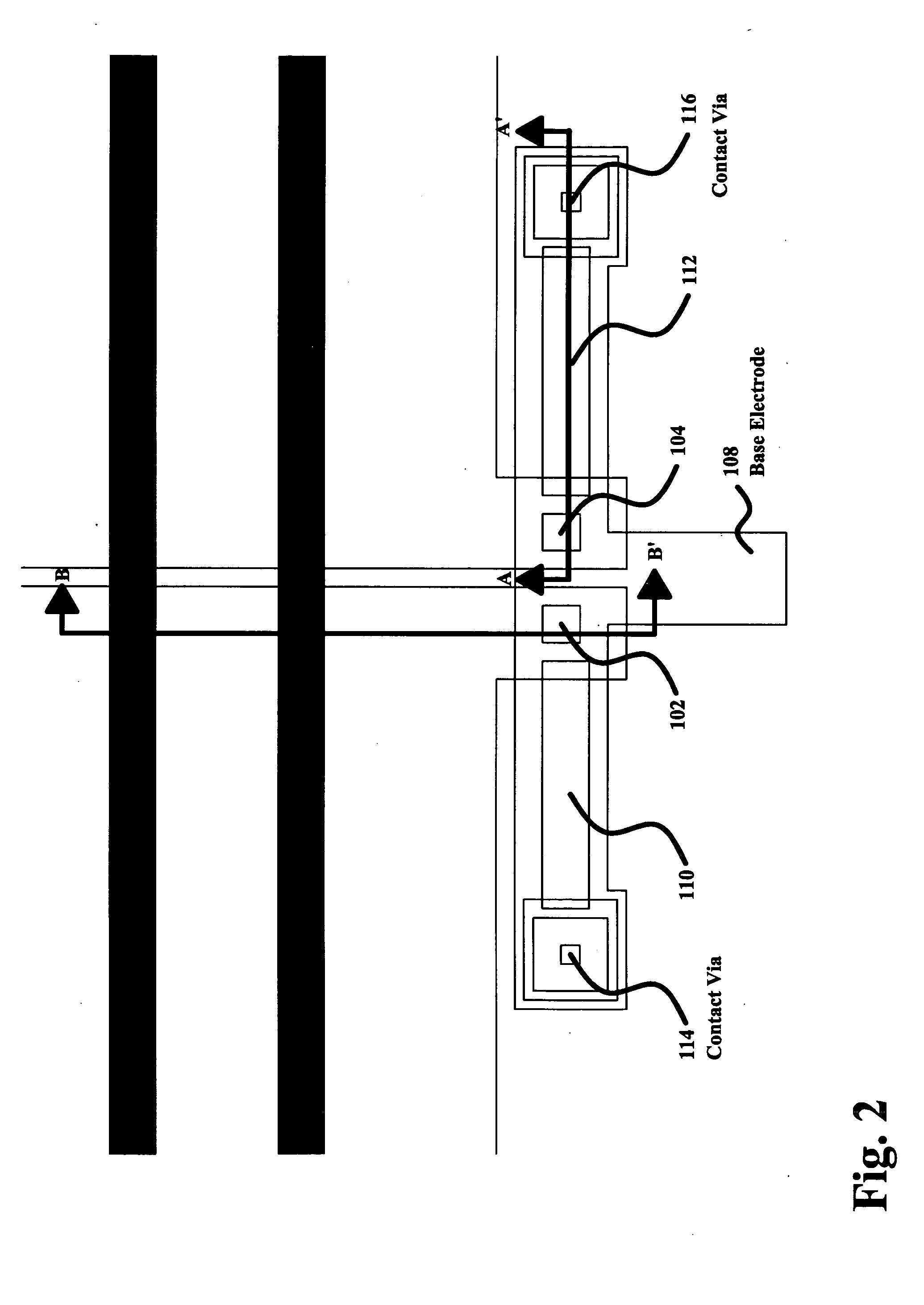Charge dissipative dielectric for cryogenic devices
a dielectric and charge dissipation technology, applied in the direction of superconductor devices, superconductive devices, conductors, etc., can solve the problems of electrostatic charge accumulation, damage or destruction of circuits, and formation of very large potential differences between thin-film layers of devices, so as to reduce the risk of electrostatic discharge
- Summary
- Abstract
- Description
- Claims
- Application Information
AI Technical Summary
Benefits of technology
Problems solved by technology
Method used
Image
Examples
Embodiment Construction
[0019] Throughout the following description, specific process details are set forth in order to provide a more thorough understanding of the invention. However, the invention may be practiced without these particulars. Accordingly, the specifications and drawings are to be regarded in an illustrative, rather than a restrictive, sense.
[0020] A direct current (dc) SQUID consists of two resistively-shunted Josephson junctions which are connected in parallel within a superconducting loop and biased by an external dc source. The SQUID may be current biased or voltage biased depending on the type of readout electronics used. Dc SQUIDs are typically multilayer thin-film devices, incorporating polycrystalline films of niobium for the Josephson junction electrodes. The element niobium is a borderline Type II superconductor with a relatively high critical temperature Tc=9.2 K and energy gap Δ≈1.5 millivolts (mV) which provide a reasonable temperature margin for junction operation at liquid h...
PUM
| Property | Measurement | Unit |
|---|---|---|
| Temperature | aaaaa | aaaaa |
| Temperature | aaaaa | aaaaa |
| Temperature | aaaaa | aaaaa |
Abstract
Description
Claims
Application Information
 Login to View More
Login to View More - R&D
- Intellectual Property
- Life Sciences
- Materials
- Tech Scout
- Unparalleled Data Quality
- Higher Quality Content
- 60% Fewer Hallucinations
Browse by: Latest US Patents, China's latest patents, Technical Efficacy Thesaurus, Application Domain, Technology Topic, Popular Technical Reports.
© 2025 PatSnap. All rights reserved.Legal|Privacy policy|Modern Slavery Act Transparency Statement|Sitemap|About US| Contact US: help@patsnap.com



